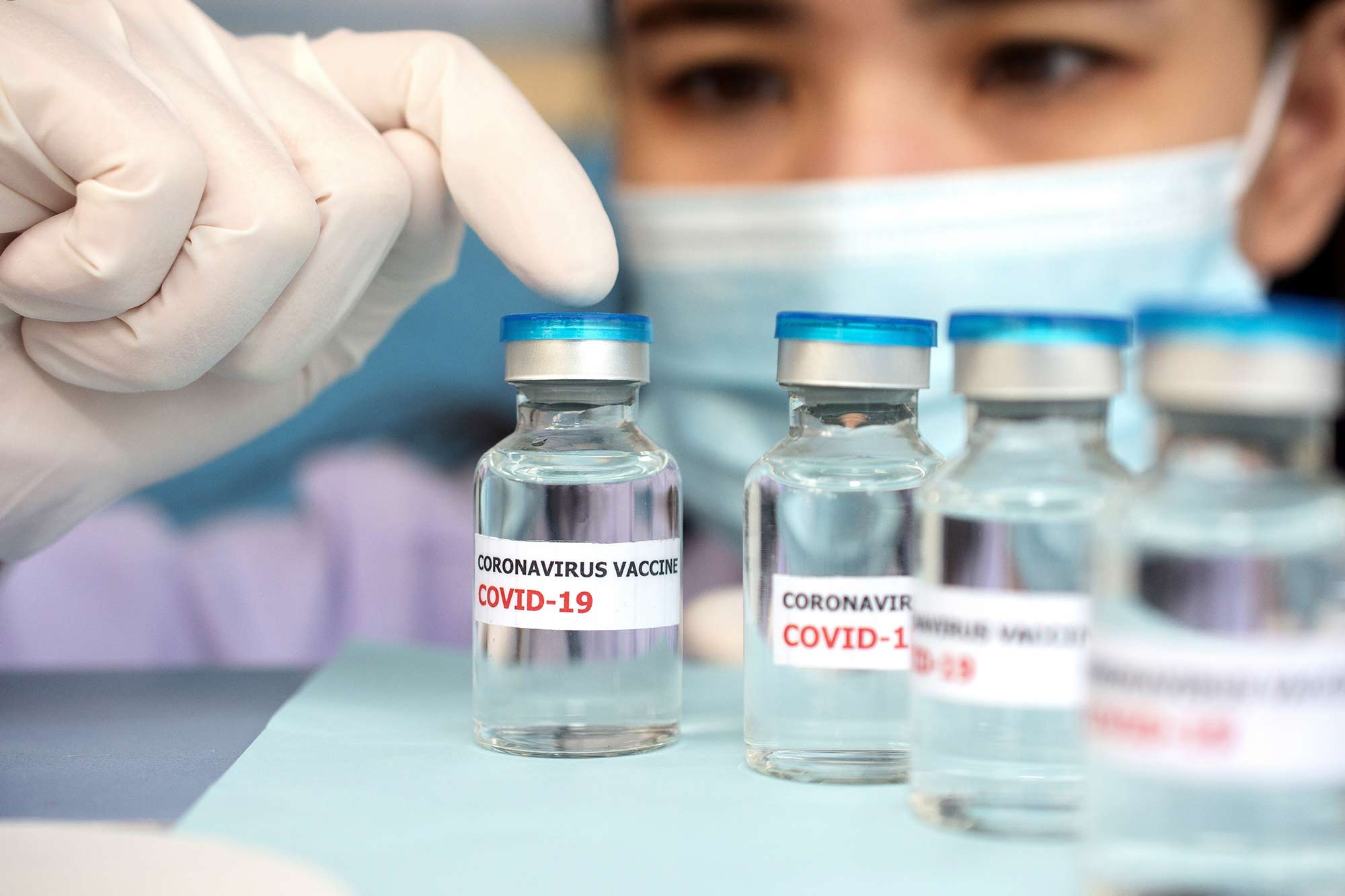
COVID-19 VACCINE EFFECTIVENESS: WHICH SHOTS ARE MOST PROTECTIVE AGAINST SEVERE DISEASE?
The COVID-19 pandemic has brought about a lot of changes in the world, and one such change is the development of vaccines to protect people from getting infected with the virus. With so many different types of vaccines available, it can be difficult for individuals to determine which vaccine is most effective at protecting against severe disease. In this article, we will explore some recent studies that have shed light on which COVID-19 shots are most protective against severe disease.
First and foremost, all sequential doses provided a substantial benefit in terms of preventing hospitalization and death. This means that getting vaccinated with multiple doses can significantly reduce the risk of developing serious symptoms or being admitted to the hospital due to COVID-19 infection. The findings support periodically updating COVID-19 vaccines for currently circulating variants, as this is crucial in ensuring continued protection against new and emerging strains of the virus.
Biostatistics provides a toolbox for evaluating vaccine effectiveness in scientific observational studies. This means that researchers use statistical methods to analyze data collected from various sources, such as patient records or clinical trials, to determine how effective vaccines are at preventing severe disease. By using biostatistics, researchers can identify patterns and trends in the data that may not be immediately apparent through manual analysis alone.
In addition to sequential doses providing a substantial benefit in terms of preventing hospitalization and death, monovalent boosters have also been found to be effective at protecting against severe disease. Monovalent boosters are designed specifically for one type of COVID-19 virus variant, such as the Delta or Omicron variants. These vaccines can provide additional protection against specific strains that may not be covered by other types of vaccines.
Bivalent boosters have also been found to be effective at protecting against severe disease. Bivalent boosters are designed for two different COVID-19 virus variants, such as Delta and Omicron. These vaccines can provide additional protection against a wider range of strains than monovalent boosters alone.
Overall, the latest studies suggest that all sequential doses provided a substantial benefit in terms of preventing hospitalization and death. Monovalent boosters have also been found to be effective at protecting against severe disease, while bivalent boosters provide additional protection against a wider range of strains than monovalent boosters alone.



